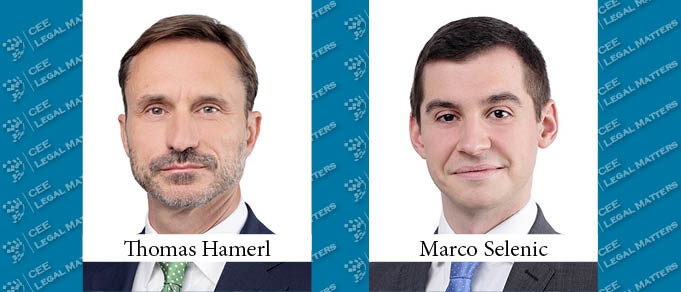As early as November 2018, the Austrian government announced that it planned to develop a hydrogen strategy. But the Austrian energy sector had been left waiting ever since the formal kick-off in March 2019. In the meantime, the EU and several member states presented their hydrogen strategies. Finally, on June 2, 2022, the Austrian government revealed its own plan of action.
The Latest Hydrogen News from Brussels
Russia’s invasion of Ukraine has not only caused suffering and trauma for millions but has also sent shockwaves through the entire European energy sector. Politicians all over Europe are questioning their countries’ (in)dependence on/from Russian oil and gas, leading the EU to devise its REPowerEU plan.
The main pillars of REPowerEU are saving energy, producing clean energy, and diversifying Europe’s energy supply. On the issue of hydrogen, REPowerEU foresees the creation of an EU Energy Platform to enable the common purchase of gas, LNG, and hydrogen. EU-wide hydrogen projects are supposed to be launched before the summer and the EU hydrogen targets for 2030 have been doubled. 10 million tons of renewable hydrogen should be produced annually in the EU by 2030, with another 10 million to be imported.
Further, two (long-awaited) consultations on delegated acts clarifying EU rules on renewable hydrogen have been launched. They try to clarify when hydrogen is categorized as “renewable.” Once adopted, the delegated acts will complete the EU’s overall proposal for a regulatory framework for renewable hydrogen (in the next renewable energy directive). However, they bear potential for discussion:
The most controversial topics may be the principles of additionality and temporal correlation. Simply put, after a transitional period, by 2026 only hydrogen produced using electricity from newly constructed, unsubsidized renewable energy plants will be classed as “green”. This is to ensure that additional renewable electricity capacity is built, rather than using existing plants, and that hydrogen is not subsidized twice.
Temporal correlation – in the interest of grid operators – requires that electrolyzers produce hydrogen only when the electricity needed for hydrogen production can be generated almost simultaneously. Many experts say that this is stricter than necessary and may delay the development of the hydrogen industry significantly. It remains to be seen how the EU Commission will react to this criticism.
The Austrian Hydrogen Strategy
Numerous legal hurdles are complicating the implementation of hydrogen projects in Austria. These include approval procedures for industrial plants and zoning plans. A hydrogen project below the thresholds of the one-stop-shop environmental impact assessment needs permits from several regulatory authorities, making the process highly bureaucratic – not to mention the lack of experience of expert witnesses. Environmental impact assessment processes, however, are unfit for many hydrogen projects because they are designed for facilities posing more severe environmental impacts than electrolyzers do.
The strategy addresses many critical aspects like a quota for the sale of renewable gas, carbon dioxide pricing for non-EU emission trade, simplification of zoning and building permits, carbon contracts for difference, a statistical system for hydrogen production, and acknowledging the need for certification to make green hydrogen tradeable. Moreover, it defines the institutional capacities in federal ministries that will implement the strategy.
So, although there is a commitment to renewable hydrogen and a prioritization of certain areas (steel and chemical industries, mobility, and public transport), it is a strategy in the narrow sense and presents no specific measures that establish more legal certainty.
One of the most important factors for the success of hydrogen projects seems to be subsidization, because hydrogen produced in Austria from renewable sources is not economically viable. There is good news in that respect too. The Austrian Renewable Expansion Act introduced investment subsidies of up to EUR 40 million annually. Up to 45% of the direct costs for the construction of the plant may be subsidized. However, such funding is unavailable for plants built and operated by grid operators (although they are allowed to operate electrolyzers for conversion services) or that add hydrogen to natural gas in the public gas grid. In addition, the strategy foresees a EUR 125 million Austrian contribution to “Important Projects of Common European Interest” for the hydrogen value chain until 2026, and there is funding for projects to use renewable hydrogen in industrial plants under the Transformation of the Economy program.
So, it is positive that Austria finally has a pathway to integrate hydrogen into its energy transition ambitions. Its success, however, depends on implementation steps that still remain unclear.
By Thomas Hamerl, Partner, CMS Vienna, and Co-Head of Energy & Climate Change, CMS RRH, and Marco Selenic, Associate, CMS Vienna
This Article was originally published in Issue 9.6 of the CEE Legal Matters Magazine. If you would like to receive a hard copy of the magazine, you can subscribe here.
